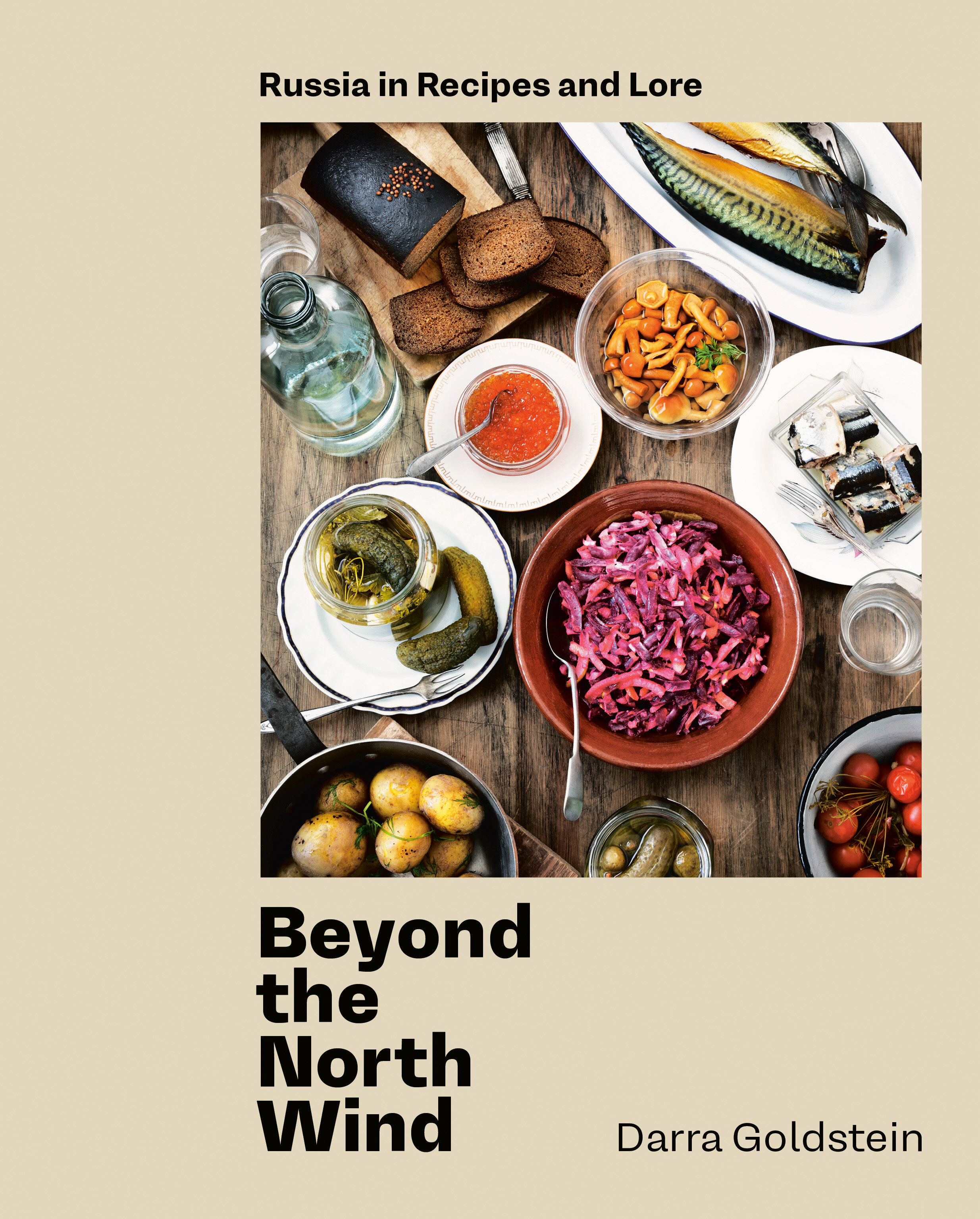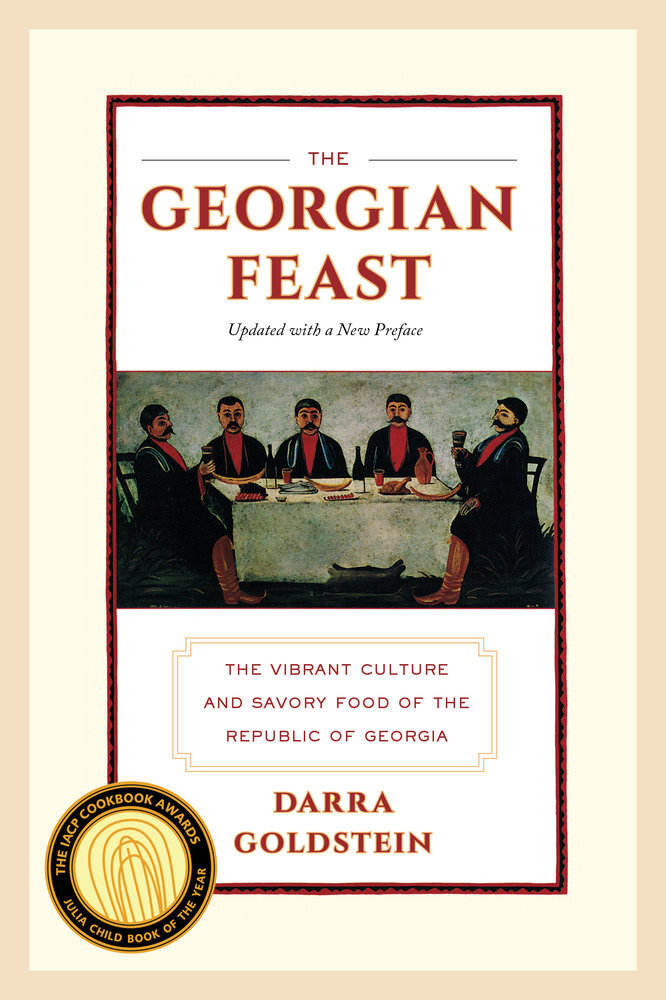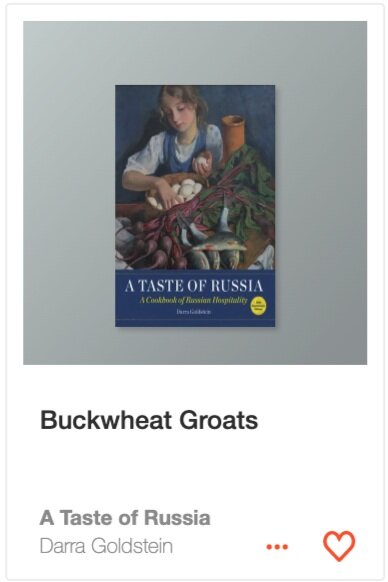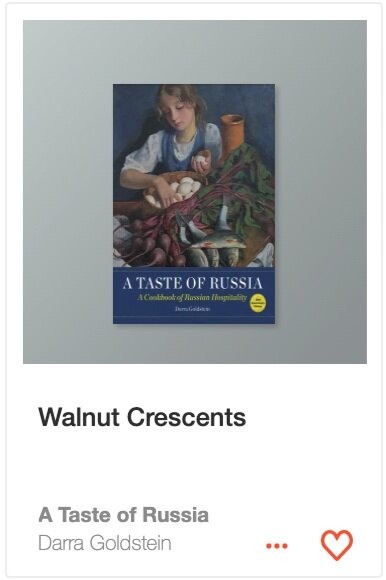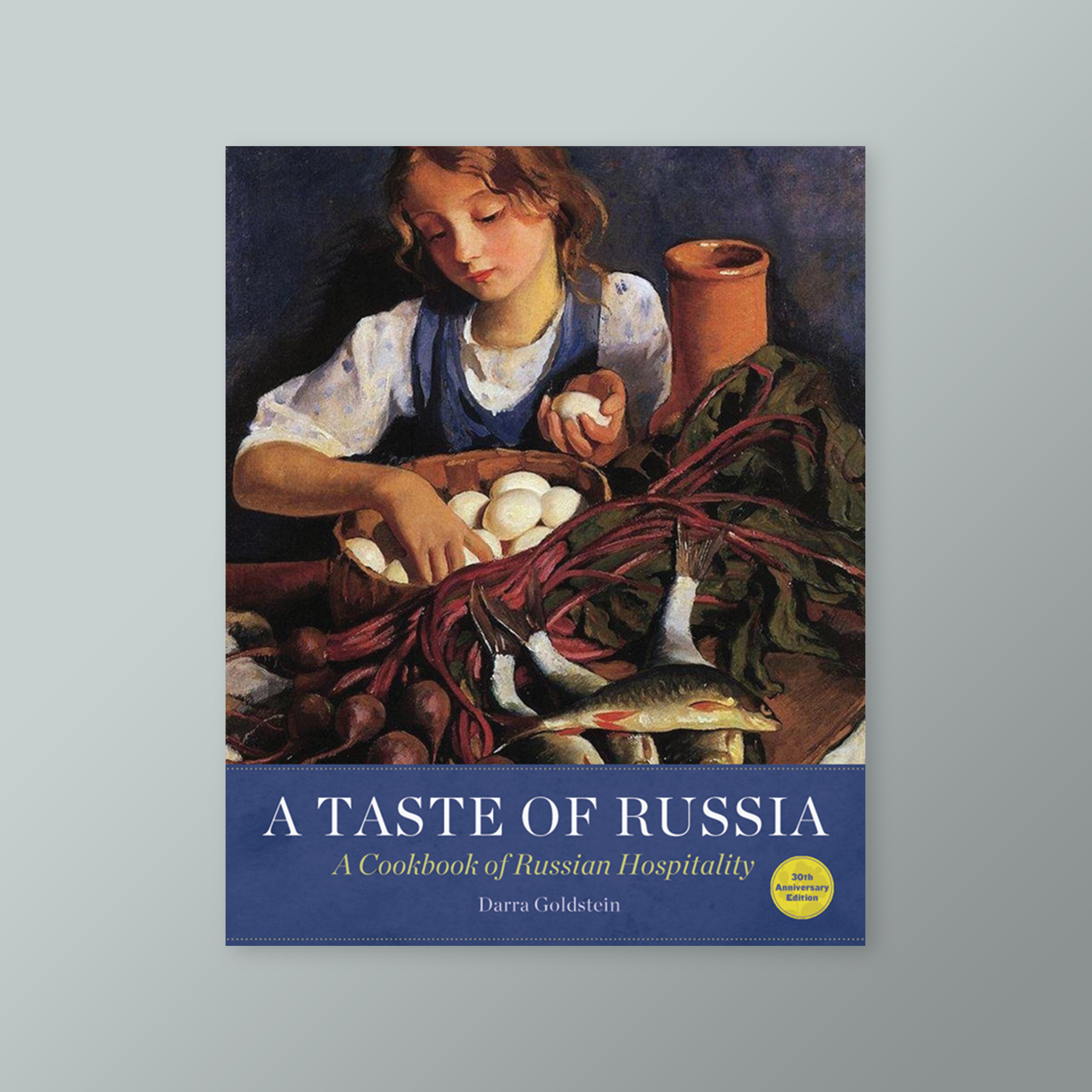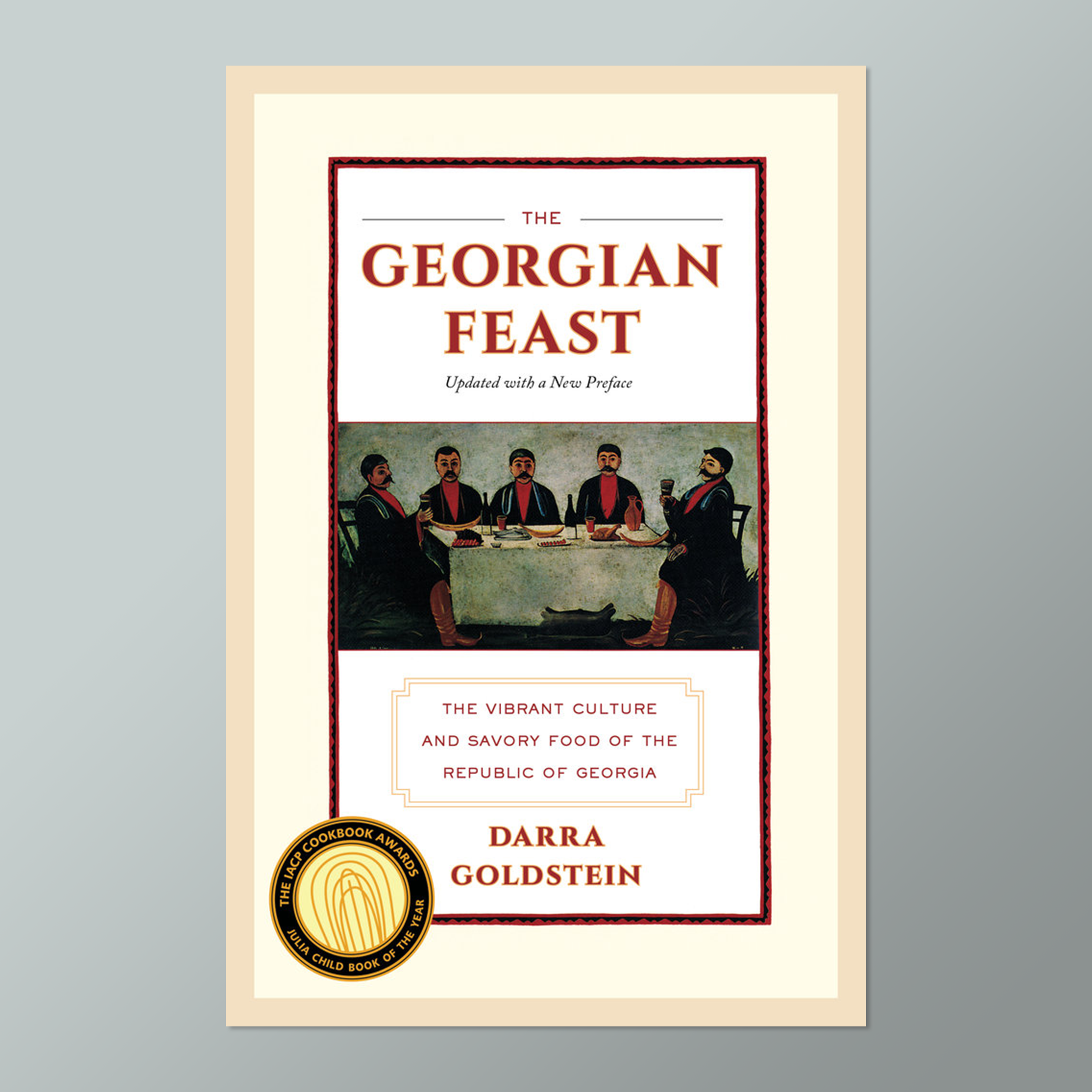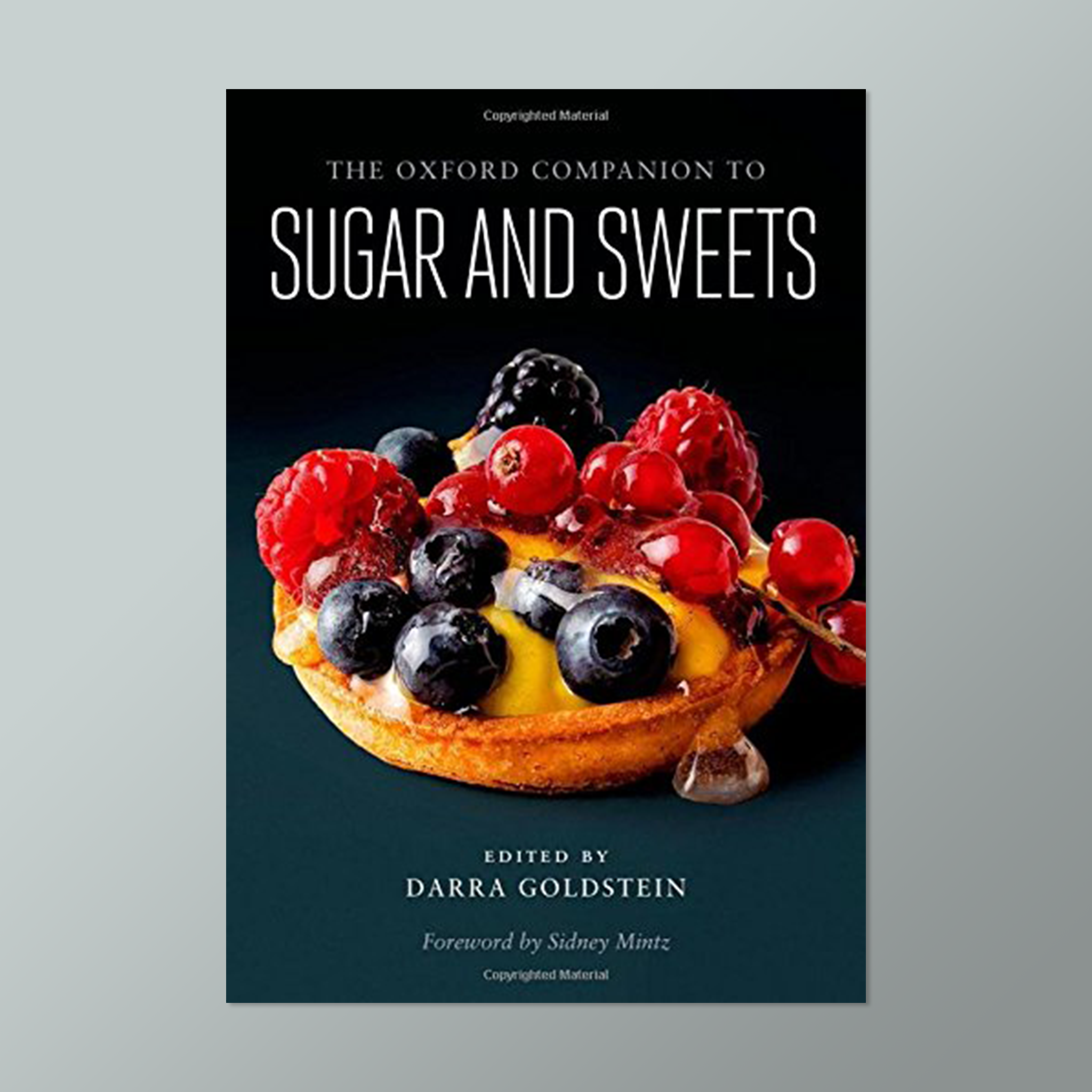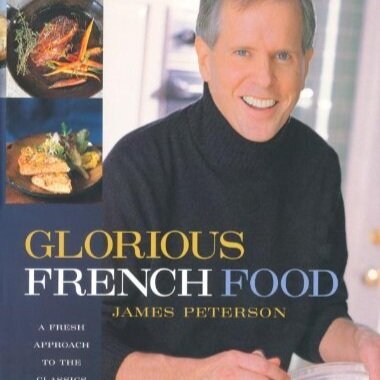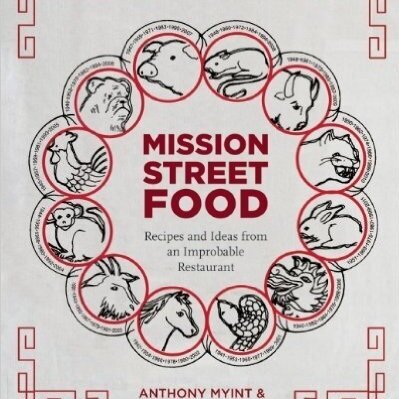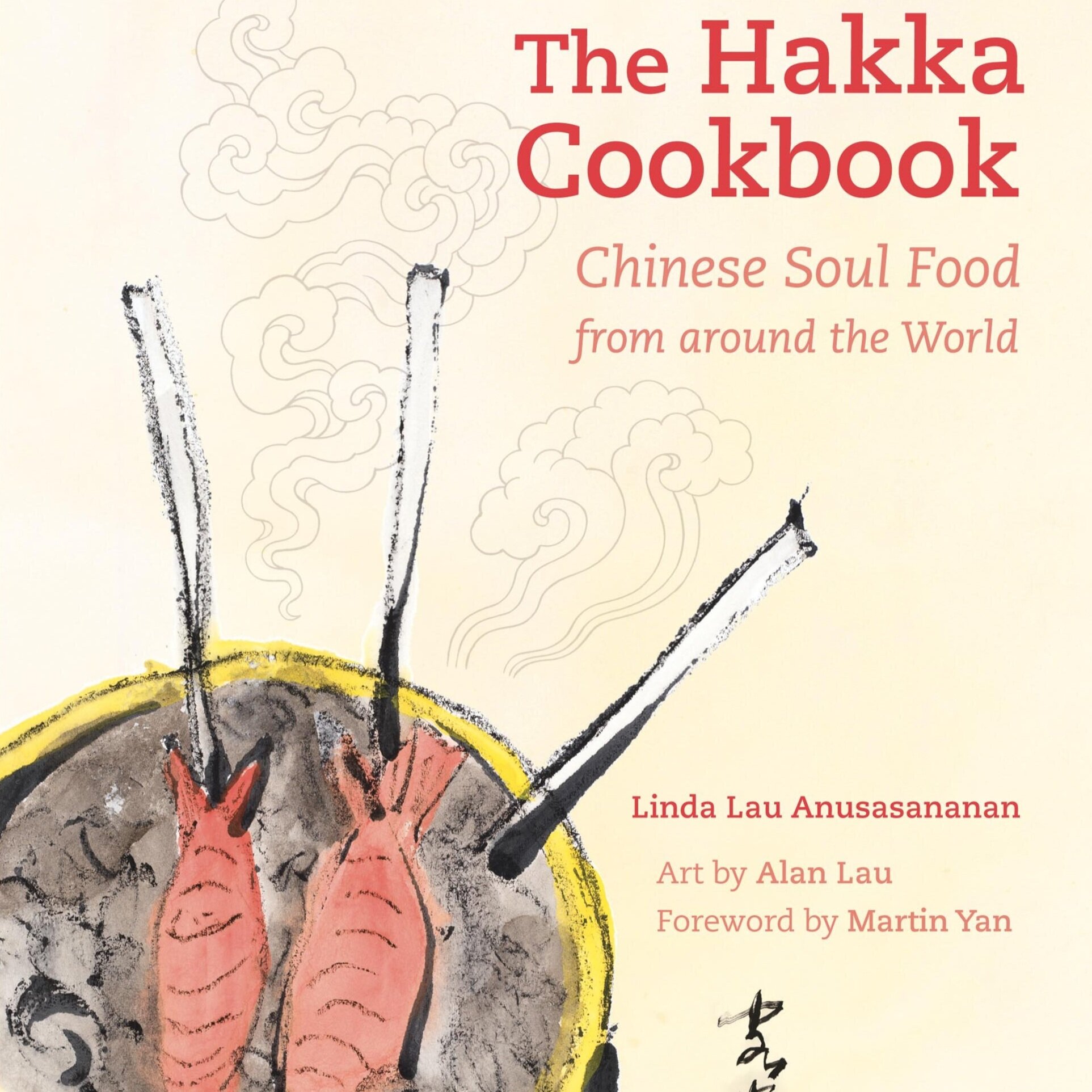Advertisement
Behind the Cookbook: Darra Goldstein on A Taste of Russia
3 April 2020 · Behind the Cookbook
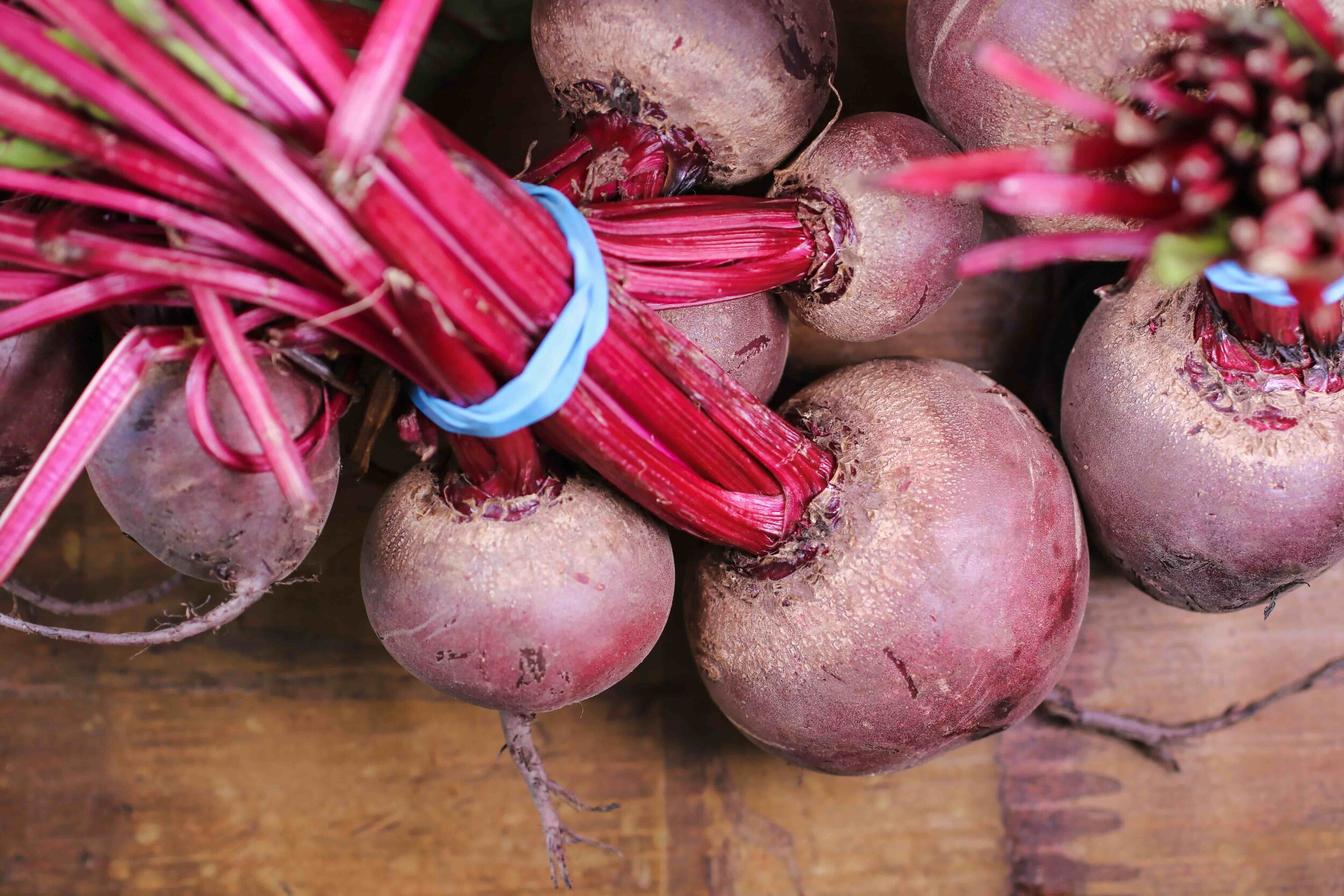
30 days unlimited access to ckbk, no strings attached: We Can Cook Through This
What is Russian cuisine? That’s a question I’ve been asking for decades, ever since I first encountered Russian literature‘s luscious descriptions of food—Nikolai Gogol’s four-cornered pie so delicious it could make “a dead man’s mouth water”; or Chekhov’s coulibiac, a classic fish pie that’s “appetizing, shameless in its nakedness, a temptation to sin.” These odes and more made me want to visit Russia, to taste its grand dishes. But when I finally got there, my image of Russian food was shattered. I had entered instead into Soviet reality, a world where food was often scarce and resources were slim. I struggled to reconcile the prerevolutionary haute cuisine I’d savored in books with the everyday fare that sustained me, such as “herring under a fur coat,” a pickled herring, potato, beet, and carrot salad oozing with mayonnaise. My literary and on-the-ground explorations led to my very first cookbook, A la Russe: A Cookbook of Russian Hospitality, which came out in 1983. Now, nearly forty years later, I’ve published a new Russian cookbook, Beyond the North Wind: Russia in Recipes and Lore. And somewhat to my surprise, it’s a complete rethinking of what Russian cuisine actually is.
When I wrote A la Russe, we were in the midst of the Cold War, and American hostility towards the Soviet Union and the Russians themselves ran deep. My cookbook described the foods of the fifteen republics that made up the Soviet state, many of which had been adopted into Russian cuisine—think Georgian Chicken Tabaka and Uzbek plov (pilaf). The book’s through-line was its focus on hospitality and the way Russians honor guests with a welcoming table, even in times of scarcity and duress. I hoped to convey to doubtful readers the richness of Russian culture, the warmth of ordinary Russians, and of course the delights of the Russian table. It was my small attempt at detente. Since then, the book has gone through several editions, along the way getting a new name, A Taste of Russia, which is how it appears in its latest, thirtieth-anniversary edition. I also updated the book twice to reflect the enormous changes that had occurred over the years, the most important being the collapse of the Soviet Union in 1991.
Thanks to a harsh climate and short growing season, Russian cuisine relies heavily on various forms of fermenting, curing, and preserving—the Russian methods for culturing dairy products alone could fill a small book. Hearty whole grains like barley and oats, millet and rye (not to mention the beloved buckwheat) appear regularly on Russian tables. Long before any awareness of probiotics, Russians lacto-fermented cucumbers and cabbage and beets, knowing it was a good way to preserve produce throughout the long winter even if they couldn’t explain the science behind it. They also relish the bright tang that fermented foods bring to the plate. Thus the recipes in Beyond the North Wind celebrate the simple, nourishing foods that Russians have eaten for centuries. They’re much more minimalist than the elaborate ones I developed for A Taste of Russia, which celebrated many French-inspired dishes of tsarist times.
Another difference between the two books lies in their immediate visual appeal. Since 1983, the cost of producing cookbooks has plummeted, and the market has changed, too. Readers now expect lavishly illustrated cookbooks, so Beyond the North Wind is gorgeous in a way that A Taste of Russia simply couldn’t be—it’s printed on heavy paper, with abundant color photographs by Stefan Wettainen. Stefan’s images not only tempt the reader into the kitchen and evoke a strong sense of place, they also depict a lot of smiling faces, a crucial counterpoint to the dour Russian expressions we usually see.
Even though the Soviet years are now long behind us, misperceptions about Russian food remain strong, and they go beyond questions of taste. Journalists often introduce me as the author of three Russian cookbooks, naming A Taste of Russia, Beyond the North Wind, and The Georgian Feast (originally published in 1993 and now in a twenty-fifth anniversary edition). But Georgia doesn’t belong on this list. Although it was (an unwilling) part of the Soviet Union for nearly seventy years, Georgia is an ancient country with a distinctive culture and an entirely different cuisine, so it’s important not to subsume Georgia’s culinary traditions into those of its more powerful neighbor to the north. What this means is that when I talk about food, I necessarily talk about politics, too, since they shape both the physical and emotional landscapes we inhabit. It is my hope that my cookbooks offer readers not only excellent recipes to try but also help break down the barriers of distrust that keep us from experiencing the rich traditions of others, even those of our ostensible enemies.
A Primer on Russian Recipes
Darra Goldstein is the Willcox and Harriet Adsit Professor of Russian, Emerita at Williams College and Founding Editor of Gastronomica: The Journal of Food and Culture, named the 2012 Publication of the Year by the James Beard Foundation.
She has published widely on literature, culture, art, and cuisine and has organized several exhibitions, including Feeding Desire: Design and the Tools of the Table, 1500-2005, at the Cooper-Hewitt, National Design Museum.
In addition to serving as Editor in Chief of the James Beard-nominated Oxford Companion to Sugar and Sweets, she is the author of five award-winning cookbooks: A Taste of Russia, The Georgian Feast (the 1994 IACP Cookbook of the Year), The Winter Vegetarian, Baking Boot Camp at the CIA, and Fire and Ice: Classic Nordic Cooking. Her most recent title is Beyond the North Wind, published in 2020.
Darra Goldstein is a featured author on ckbk, home to the world's best cookbooks and recipes for all cooks and every appetite. Start exploring now ▸
Related Posts:
Sign up for ckbk's weekly email newsletter
As an added bonus you will receive a free PDF download featuring recipe highlights from our favorite cookbooksAdvertisement


